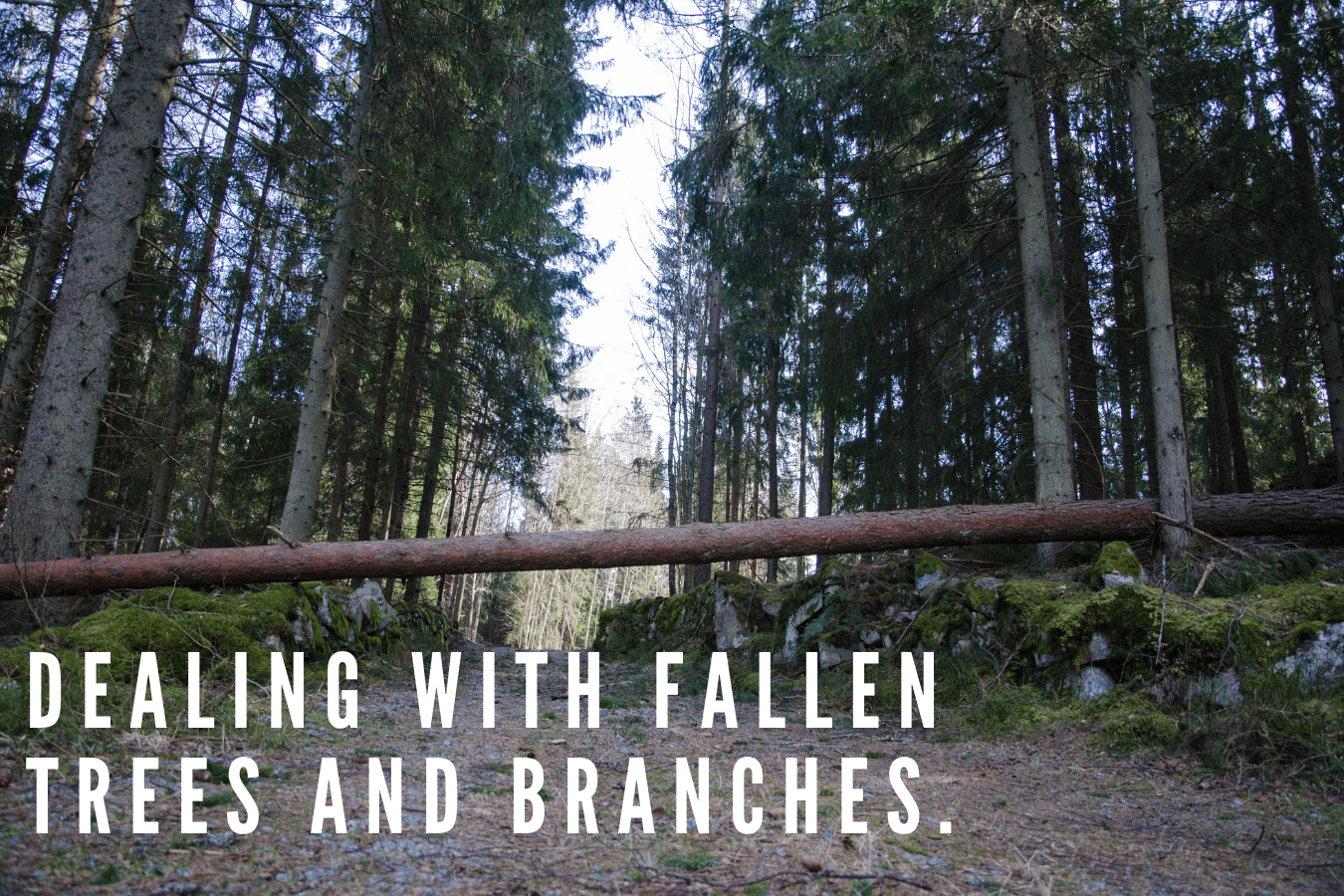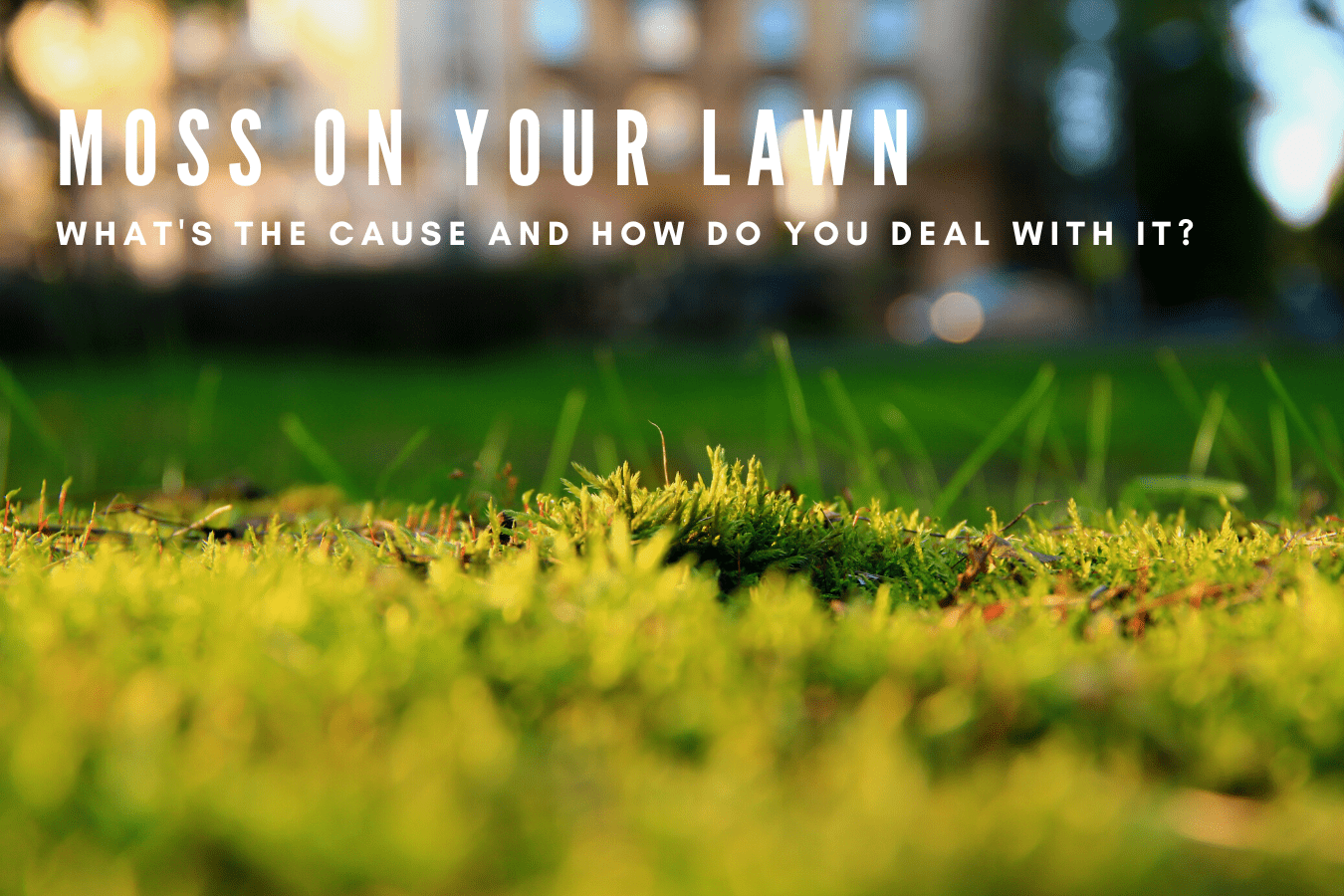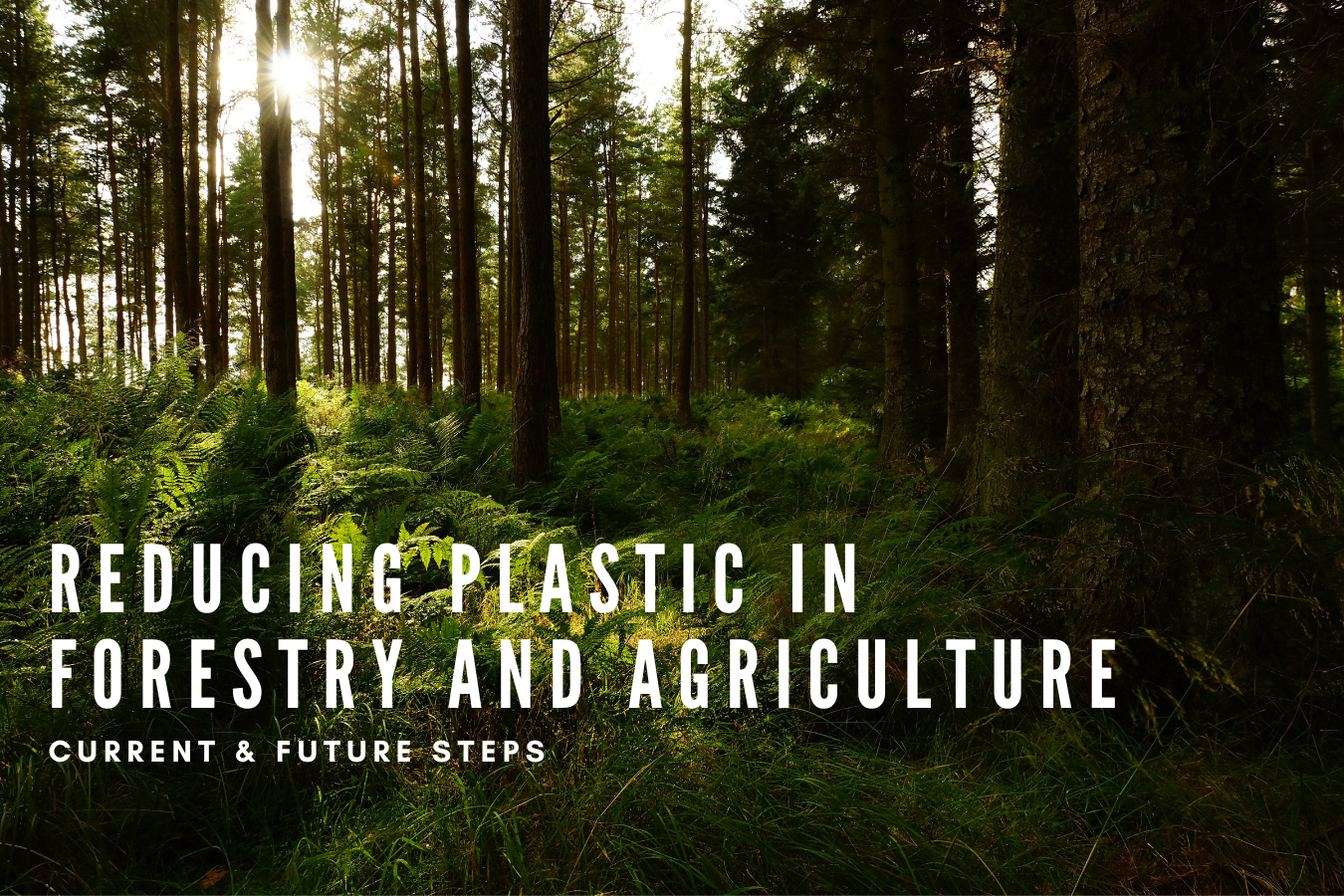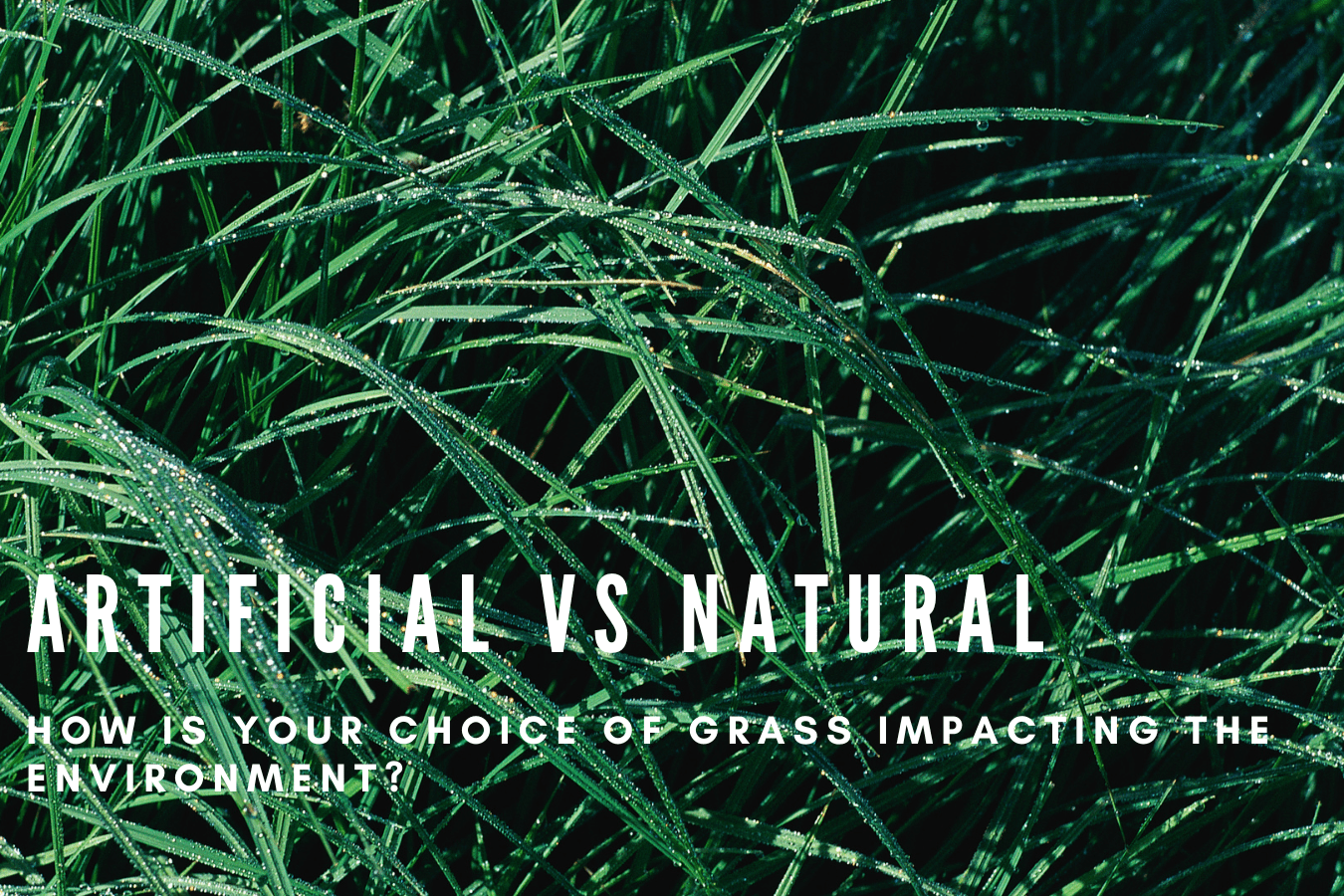
Artificial Vs Natural. How is your choice of grass impacting the environment?
The argument about whether it’s best to have a fake or real lawn has been circulating for years and many people have bought into the argument that there is reduced maintenance for artificial turf. But at what cost? This post will discuss details surrounding the environmental impact of Artificial turf in comparison to the impact of maintaining real grass.
Wildlife.
Perhaps one of the most harmful impacts, let’s discuss the effect artificial turf has on wildlife.
So how does having a plastic lawn affect the wildlife around you? You don’t have to live in the countryside for this to affect you. Having no grass means that insects will be depleted which can affect the food chain as animals rely on these insects, particularly birds.
It also leaves fewer habitats for wildlife and the runoff from the synthetic materials may contain contaminants that can be harmful to wildlife, particularly aquatic life. This of course is not going to be apparent in every type of synthetic grass and will depend on the type used.
The impact of the creation.
Like a lot of products, the making process is far from beneficial to the environment. Artificial grass is made from plastic threads, woven, and then put onto a backing, typically either plastic or rubber. This process itself creates a copious amount of energy and therefore large amounts of fossil fuels.
As well as this plastic is not typically from recycled material and is made from what the industry call ‘virgin’ plastics. On top of this, the average lifespan of this product is 10 years if maintained well. Then what do you do with it?
And its disposal…
Well some of them can be recycled but even so plastic in general takes up to 450 years to biodegrade.
But some types of synthetic grass just can’t be recycled. This material is typically found in low-cost options and as we all know, whatever is trending or is selling will be made at a lower cost by large chains. Some supermarkets sell these low-cost options for customers to buy without fully understanding the impact they are having on the environment
Performance and maintenance
Advertised as an ‘easy, hassle-free solution to lawn care, how does synthetic grass perform in comparison to just regular grass?
- Looks – this part is usually a personal preference, some people are diehard natural grass fans and others couldn’t care but one way to put it is that you can most definitely tell the difference. Synthetic grass can range in how it looks depending on what it’s made from and where you got it, of course, the more realistic/better-looking turfs are going to set you back more financially. But since it doesn’t grow, however you buy it is how your lawn will always look.
- Durability – with some of the main reasons for people making the switch being to reduce maintenance and be able to spend more time enjoying themselves on the lawn how well does the synthetic turf uphold this promise? In terms of lifespan how durable and how long the turf lasts will depend on the type of material it’s made from and this will most likely be reflected in the price. What will also impact how durable this material is, is also how well it is both used and looked after.
- Heat issues –Artificial turf can become a lot hotter than real grass on a warm day so this is important to note if you have pets or children as this can become dangerous.
- Maintenance – Yes you don’t have to cut the grass, but did you know that you will have to top up your artificial grass with sand, this will require brushing the sand in to disguise the matting underneath, granted though you only do this twice a year.
- Surface Clearing – One of the key issues which makes maintenance of artificial turf more than you may initially think is the fact that whatever lands on your surface stay there. With a real lawn, leaves, clippings, or whatever it may be will eventually break down into the soil. This is not the case for artificial grass, it will break down but will just sit on the surface which is the cause of pungent smells from the artificial grass if it isn’t regularly cleaned.
The counter-argument
Typically the counter argument to the criticism surrounding artificial grass is that the environmental impact of maintaining regular grass is just as bad. Although few things are impact-free, there are various alternatives within the ground care industry that allowed for emission-free maintenance. This includes a battery-operated machine or an even better, autonomous alternative.
If your main reasoning for getting artificial grass is for a hassle and maintenance-free life then an environmentally better alternative would be a robotic mower.
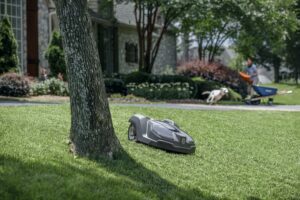
These machines will maintain your grass for you and allow you to control their schedule, worry and hassle-free from an app on your phone. All while keeping your real grass nice and healthy and objectively better looking than artificial alternatives.
Browse our range of Robotic Mowers to find out more.
It’s not all bad.
Artificial grass has been seen to be used for some surprising things, including this article which speaks about the use as a walkway for cows to protect their hooves!
